Last Updated on November 28, 2025
Vendor payment software
It is no secret that the success of your business depends on how well you manage your operations. An efficient company handles its business seamlessly like a well-oiled machine.
One way to ensure smooth functioning is to delegate repetitive tasks to specific tools. End-to-end vendor management platforms can help improve your business operations, like ensuring your payments are completed on time.
It is not enough to use any software, though; you’ve got to pick the right one for your company. Multiple options are available in the market, catering to different sizes of businesses across various industries.
So how do you choose the best vendor management process for your company? What are the criteria that you should consider?
To help you answer these questions, we have compiled a list of the best vendor management tools in 2023. Keep reading to know more.
What are the best vendor payment management software in 2023?
Top 9 vendor payment management software: Comparative table
| Vendor Payment Software |
Description |
Advantages |
Disadvantages |
|
End-to-end payment management system |
|
||
|
Fully automated vendor payout system |
|
|
|
|
Cloud-based vendor payment and invoicing tool |
|
|
|
|
Comprehensive expense management platform |
|
|
|
|
Fully scalable vendor payout and invoicing system |
|
|
|
|
Full-service platform to control vendor payouts |
|
|
|
|
Fully scalable vendor payout software |
|
||
|
A comprehensive system that can record all data related to procurements |
|
|
|
|
End-to-end software for expenses, accounting and invoicing |
|
|
9 Best vendor payment management software – Detailed explanation
1. Happay Invoice
Overview:
Happay Invoice is a full-service expense management system that can help you efficiently process vendor payouts. Through a customizable dashboard, you will be able to control the entire system. What’s more, it offers a bird’s eye view and enables your entire operation. This helps it stand out over other popular platforms like SAP.
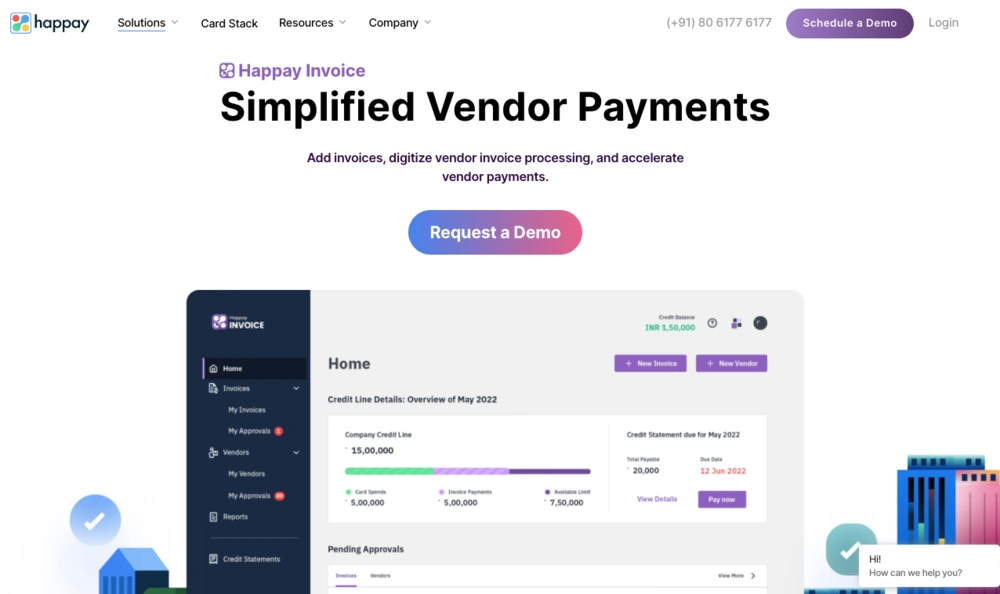
Features:
- You can add vendors through a swift process and manage supplier relationships. The GST details are auto-fetched by the system.
- You can customize the accounting framework to suit the needs of your company.
- The OCR processing feature can process invoice details from uploaded files.
- You can integrate your invoice data directly into your ERP system.
- Advanced analytics can provide insights into the process and can help identify inefficiencies.
Pros:
- The Happay Invoice system is customizable. You can alter the process at your convenience.
- You can use the Happay credit line to make payments instantly.
- You can do direct bank transfers without the use of payment gateways.
- The pricing model is convenient.
2. RazorpayX
Overview:
RazorpayX is an expense management system that helps businesses automate supplier payouts and track accounts payable. It can increase the scale of your operations and optimize your procurement process.
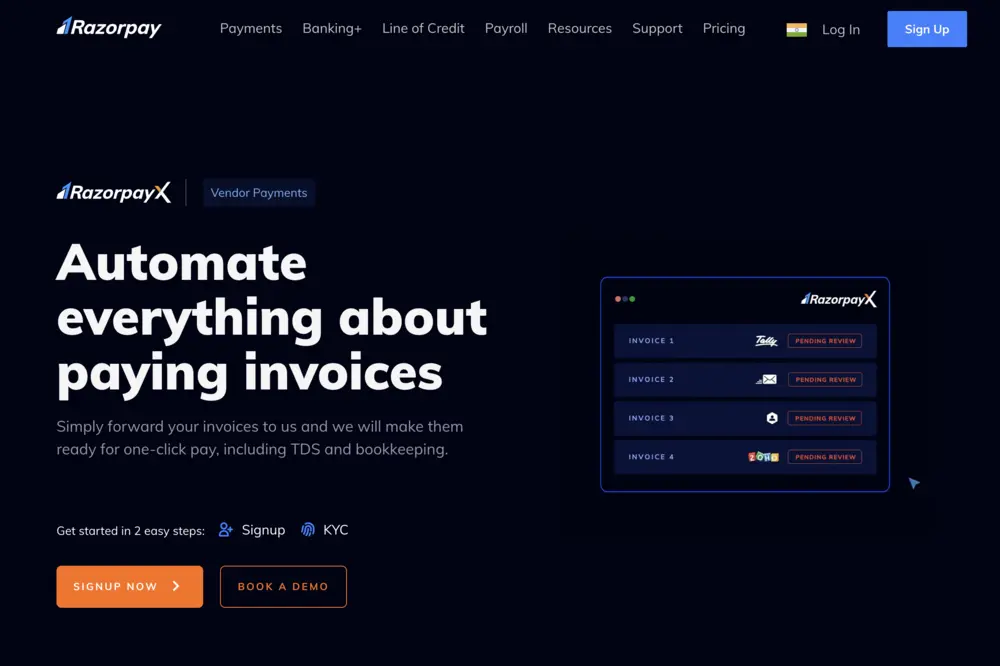
Features:
- You can add invoices to your dashboard by forwarding a dedicated email directly.
- OCR features enable auto-fetching of invoice details.
- You can schedule the payouts for each invoice.
- Complete tax compliances through a full-functional dashboard.
Pros:
- You can eliminate the time to sort through and manually upload your invoices. Send them to a specific email address for direct processing.
- You can review the accounts payable and approve payouts instantly.
- There are numerous integrations with other service providers, such as staffing platforms.
Cons:
- The pricing is higher and might not be suitable for a small business.
- Customer support needs to be improved.
- The functionality is complicated – some of the features take a lot of time to activate.
Must Read: 5 Best RazorpayX Alternatives and Competitors
3. FreshBooks
Overview:
FreshBooks is a complete payment management tool that can upgrade your invoice payment system. It is a cloud-based system, and it’s ideal for startups and small businesses.
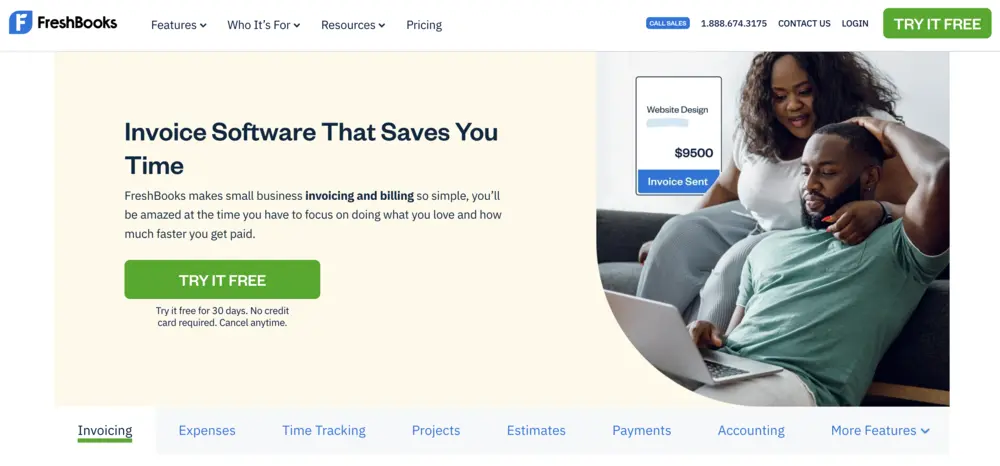
Features:
- You can design invoices through a host of customizable features.
- Set payment notifications to make sure to meet all deadlines.
- You can schedule payouts through various payment options.
Pros:
- You can integrate the system with numerous applications.
- You can customize the invoice reporting process for your business needs.
Cons:
- The mobile application could be more user-friendly.
Also, Read: 10 Best Spend Management Software for Enterprises
4. Volopay
Overview:
Volopay is a comprehensive expense management platform. It offers services like corporate cards, business accounts and expense tracking. You can optimize your vendor payout process through this platform.
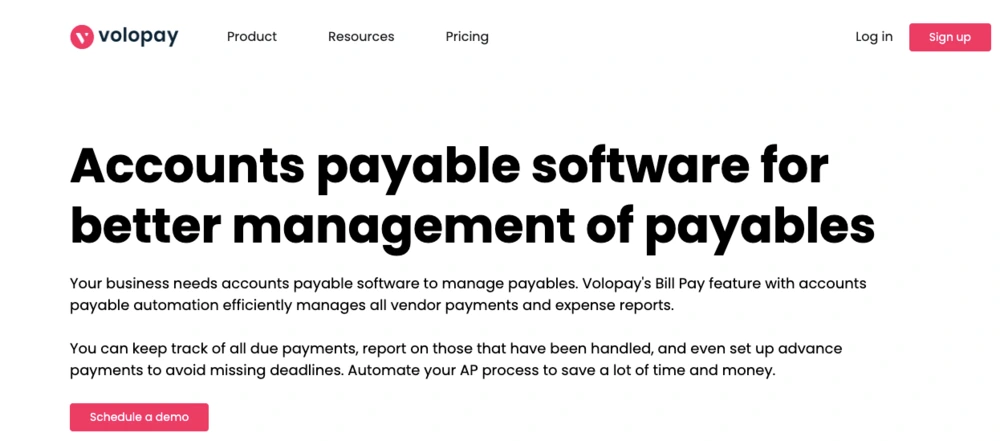
Features:
- You can add all your expenses — vendor payouts, employee payments and travel expenses.
- You can do both domestic and international money transfers.
- You can decentralize the budgeting system and delegate responsibilities to other employees.
Pros:
- It offers a high degree of control and visibility over the procurement process.
- You can reduce turnaround time by automating the spend management mechanism.
Cons:
- It is more suited for larger companies.
- Some of the features could be simpler. For instance, the data visualization features don’t allow for much customization. Because the reporting features don’t have much flexibility, many users have reported difficulty in use.
Must Read: 5 Best Volopay Alternatives & Competitors
5. Finly
Overview:
Finly offers a fully scalable vendor payout and spend management SAAS platform to support your business as it grows.

Features:
- It supports remote access so that your employees can work from different locations.
- There are advanced analytics features like cash flow projections and cost-saving identifiers.
Pros:
- You can pre-plan your budgetary spending allowances.
- It has an in-built petty cash management system.
Cons:
- It does not allow direct payments within the system.
- The mobile application needs to be more user-friendly.
Must Read: 7 Best Finly Alternatives and Competitors
6. Karbon
Overview:
Karbon is a full-service SAAS platform that lets you control your procurement processes and vendor relationships in one place. You can manage different freelancers, register new vendors, track the supply chain performance and much more, under one comprehensive dashboard.
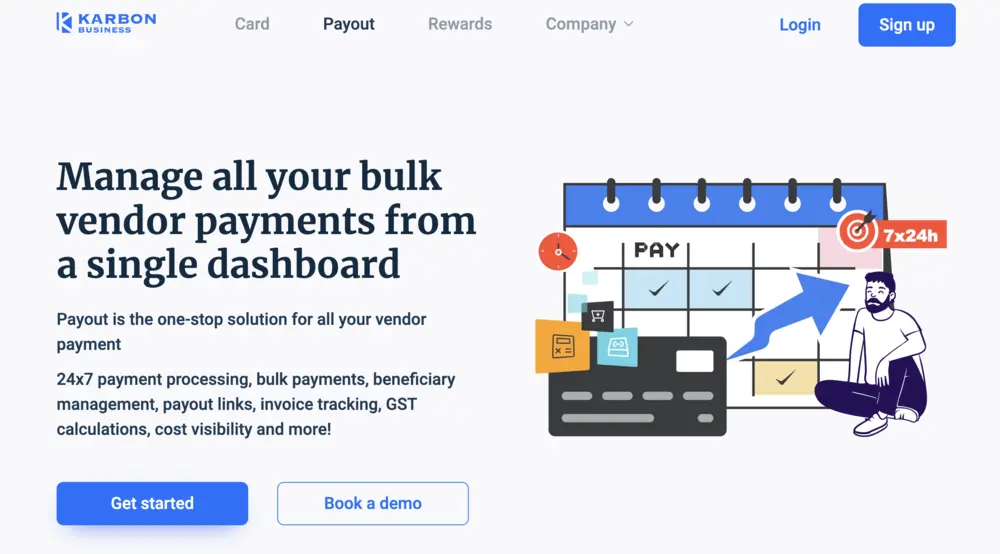
Features:
- You can use the group onboarding feature to cut down on implementation delays.
- It can handle a large volume of transactions.
Pros:
- It is straightforward to manage business processes and reduce turnaround time.
- Good customer support
Cons:
- There are specific storage issues; sometimes, your progress is not recorded.
- It is not suitable for smaller companies.
Must Read: 5 Best Karbon Alternatives and Competitors
7. Zoho Books
Overview:
Zoho Books is an end-to-end system offering various services like accounting, invoice management, expense management, and brief account settlements.
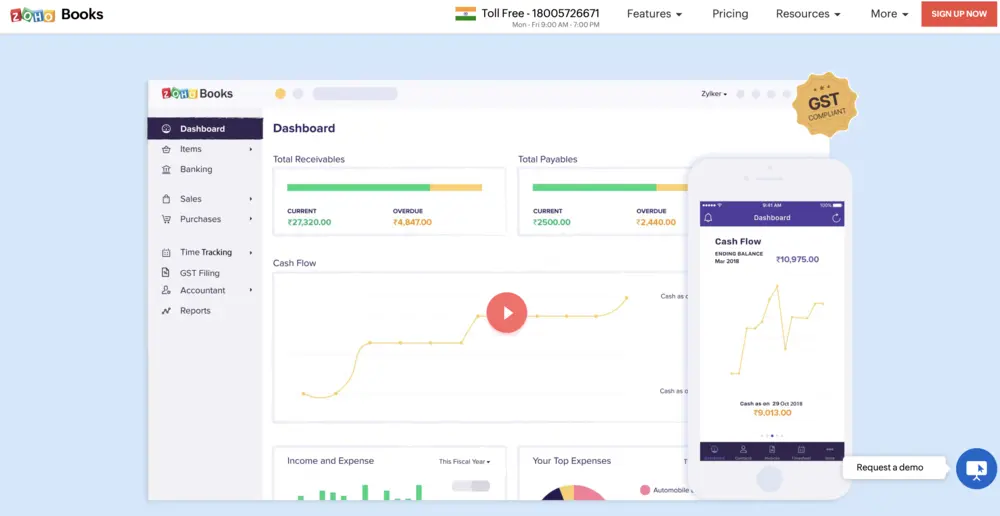
Features:
- It offers extensive accounting features like tracking accounts payable and accounts receivable, multi-currency support, expense management and more.
- It offers security features like multi-factor authentication.
Pros:
- Zoho Books offers a 14-day free trial version as well as a free version for small businesses.
- The interface is very easy to use – it enables fast adoption and a smooth user experience.
Cons:
Suggested Read: 7 Best Zoho Expense Alternatives and Competitors
8. Kissflow
Overview:
Kissflow is a full-service contract management system that can record all data related to procurements and vendor performance in one place. It is meant for larger companies that have a fast turnover.
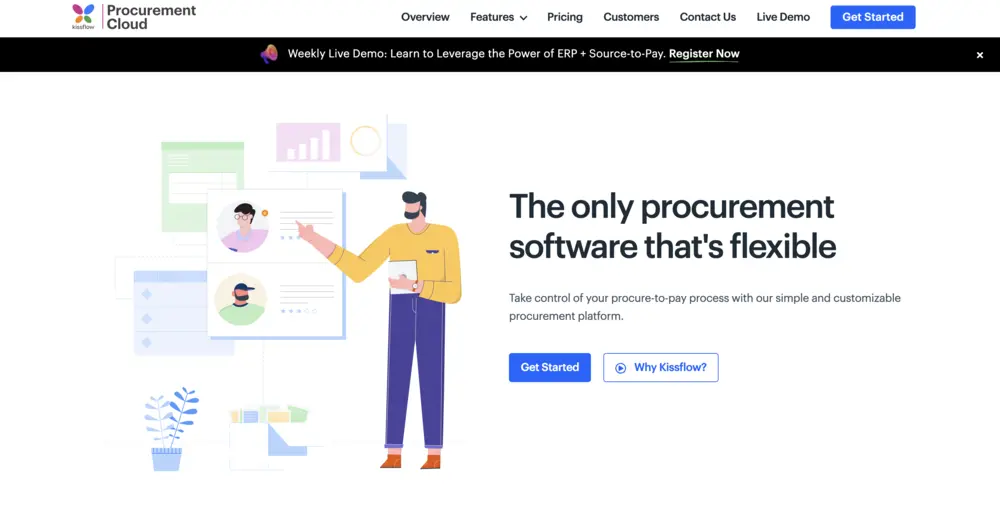
Features:
- You can create purchase requests through the inbuilt templates and generate purchase orders corresponding to them.
- You can easily onboard and manage vendor information with a customizable registration process.
Pros:
- You can integrate it with other service providers easily.
- The detailed analytics system offers the chance to optimize your system.
Cons:
- It cannot support complicated workflows.
- Customer support could be better.
Also, Read: 9 Best Accounting Software for Small Business
9. bill.com
Overview:
This end-to-end contract management system offers accounting services, payment routing services, and invoice management. You can control everything from one easy-to-use dashboard.
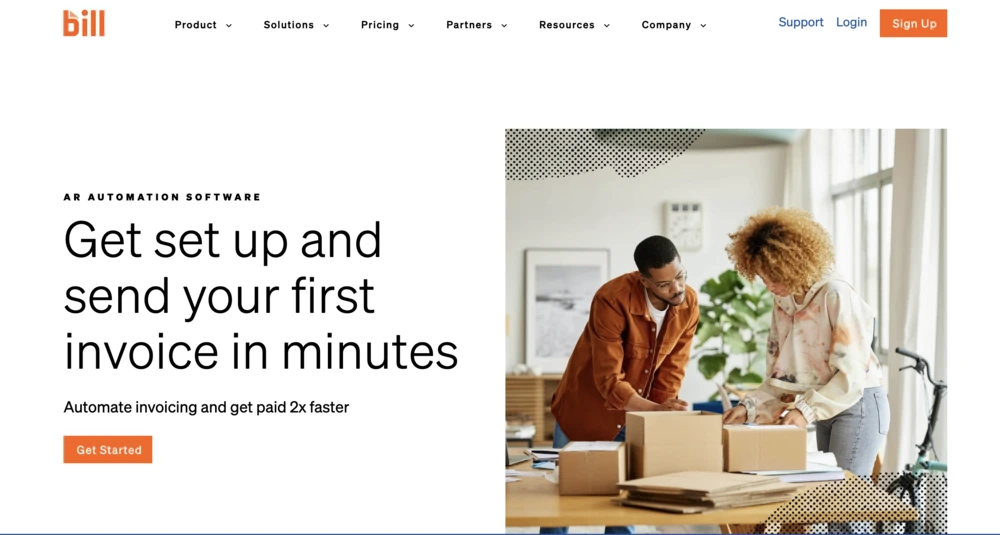
Features:
- You can customize your financial workflow.
- You can manage your receivables and payables in one system.
Pros:
- It can suit businesses of varying sizes and support your operations as you scale up.
- You can automate the entire accounting and invoice management system using strategic APIs.
Cons:
- The customer service could be better.
- It does not support multinational operations.
Also, Read: 10 Best Billing Software for Enterprises
What is vendor payment management software?
As the name suggests, it is a system through which you can process invoices, track the status of the different vendors and introduce automation into the system.
Payments to vendors seem like a minor deal when starting your business. If the scale of operations is small, managing payouts manually is effortless. But, when you scale up your business, vendor payments will get challenging.
Every finance in-charge will strive to ensure that their vendors are paid fully and on time. It increases trust in your business and goes a long way to creating a good reputation in the market.
There are full-service customizable platforms readily available in the markets that can help you achieve this standard and establish it as a benchmark. No longer will you have to scramble to complete payments before the due date. No longer will you have to search through files to find the GST details of a particular supplier.
In other words, these systems can make your life easier. You won’t have to worry about vendor payouts and can focus on growth.
Also, Read: Vendor Payments: Meaning and Process
How does vendor payment management software work?
These systems automate the entire payout process. From vendor registrations to invoice recording, from automatic payouts to advanced analytics — you will get everything in one consolidated platform.
The first step is to add the details of your vendors into the system. The vendor registration process is a short one-time process. Sometimes, the software can auto-fetch the particulars from the GST number using APIs.
As and when invoices are generated or received, you can upload them directly into the system. You can customize the processing flow to a certain extent. You can add your layers of approvals and own payout cycles. For instance, you can go through two layers of approvals to ensure you don’t make any mistakes. You can even set different payout schedules for other suppliers.
Payments are routed to your vendors’ accounts automatically. All you need to do is ensure the requisite amount is in your bank account. Additionally, these systems can also be linked with your accounting systems and you can automate your tax compliances and GST accounts.
Also, Read: What is Invoice Processing?
How to select the best vendor payment management system?
There is no one correct answer to this question. It will depend on what your company requires. For instance, a startup’s requirements will differ from those of a larger company. There can also be differences based on the industry.
Think about the kind of relationships that you have with the vendors. Do you change vendors frequently? Do you have different payout schedules for other vendors? What information is shared?
All of these answers will help select the right management system. We’ve compiled a list of some parameters you can use to choose the best payment management system.
1. Requirement
It may seem obvious, but it is imperative and can set the tone for the future. Define your exact requirement before you select a vendor payout system. You can answer the following questions to get started.
What features do you need? Which steps in the approvals process do you need to optimize? What are your pain points in vendor risk management?
The right vendor management solution will be the answer to all these.
2. Hassle-free integration
You don’t want something complicated and difficult to implement. The ideal scenario is a plug-and-play solution that can fit every need.
Look for vendor management software that aligns itself with your business requirements. It will ensure that you save on unnecessary adjustment costs. The system should be able to adjust to your changing requirements as the scale of operations increases.
3. Compatibility with other platforms
The ultimate goal is to create consolidated software solutions that can handle the various operating segments in your business. From expense tracking to direct fund transfer, from invoice management to tax compliances – if you can integrate all of these systems, your operations will run seamlessly.
Opt for an order management and procurement solution that’s compatible with your other software. You’ll be able to speed up the transmission of information and save much time.
4. Additional service offerings
The vendor management system that you choose will stay with your business as you grow. Think about what features you require later on down the line and what services can help improve your process.
For example, specific platforms like Happay offer OCR invoice processing. You can upload the original invoices, and all the information will be retrieved automatically. It cuts down on any time spent on data entry.
Suggested Read: What is Spend Analytics in Procurement?
Why Happay is the best vendor management software?
Happay Invoice is an end-to-end vendor management system that can be customized to your company’s needs. You can automate everything from invoice recording to direct fund transfers, vendor registration, supplier management, and compliance management.
Apart from that, Happay Invoice also fits in with your accounting and ERP systems. You can complete the entire lifecycle journey from invoice generation to audit trail without any hassle.
Some of the key features offered by Happay are
- Easy credit line availability
- Pool account facility
- Schedule payment cycles
- Faster compliances
- Full-service dashboard
Conclusion
The key to growth is automation. If you can centralize repetitive tasks to and delegate them to machines, you free up precious time for project management and innovation.
Of course, when a startup is just opening its operations, and the business flow is low, you can manually manage your vendors. But the manual processes will be a roadblock instead of a gatekeeper when you start thinking of scaling up.
An excellent end-to-end system can help your business grow and can help you increase profits.
FAQs
It is a comprehensive system that can manage the payouts to external suppliers. These platforms automate the invoice approval process. They provide vendor registrations, direct fund transfers, invoice management, tax compliances and other services.
The best way to pay vendors is through automated payment systems. These can streamline your operations and reduce inefficiencies due to manual approvals and interventions.
You can make payments to your vendors in two main ways — manually or through an automated system.
We recommend the latter because it can drastically reduce your turnaround time and eliminate any losses due to human errors and discrepancies.
Vendor management software can do the following things:
1. Vendor registration
2. Processing of invoices
3. Automatic payouts
4. Tax compliances


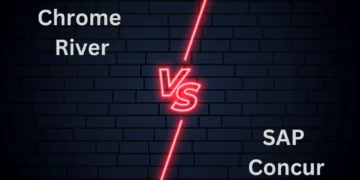


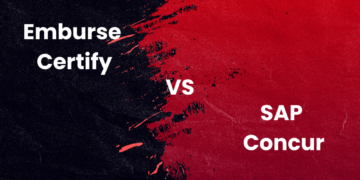
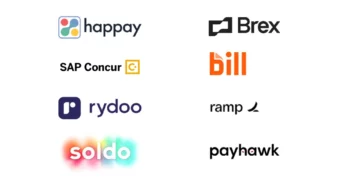
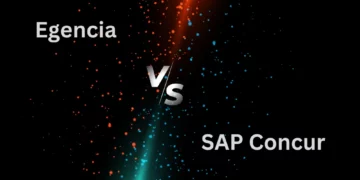


Discussion about this post